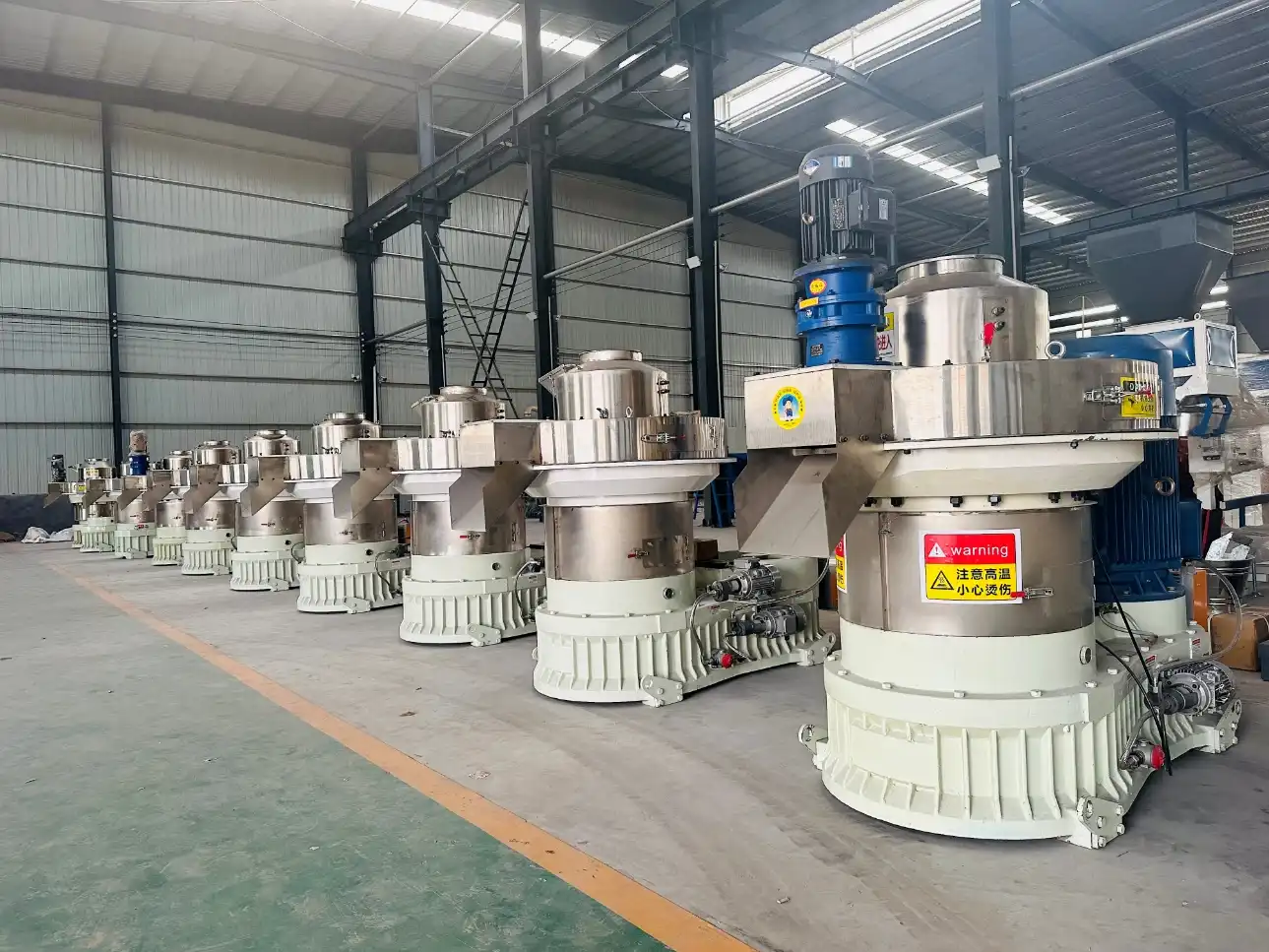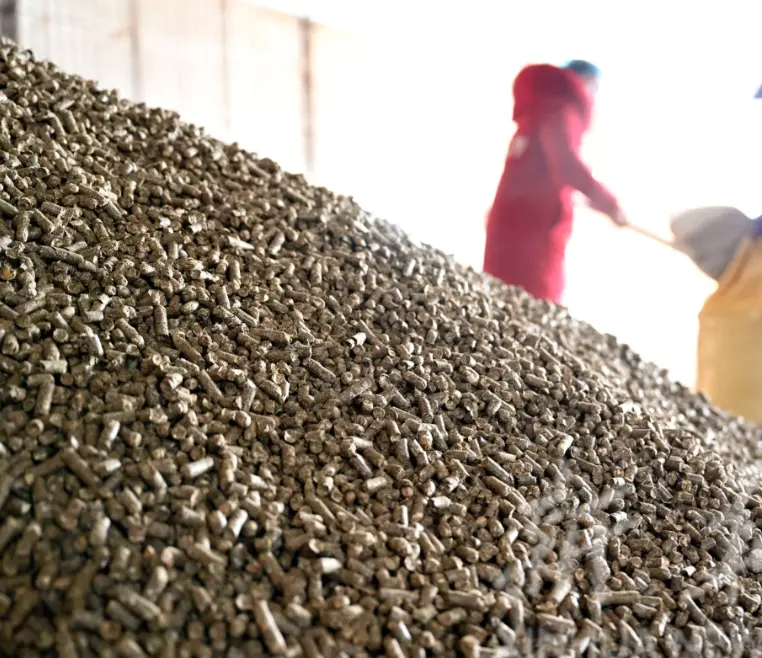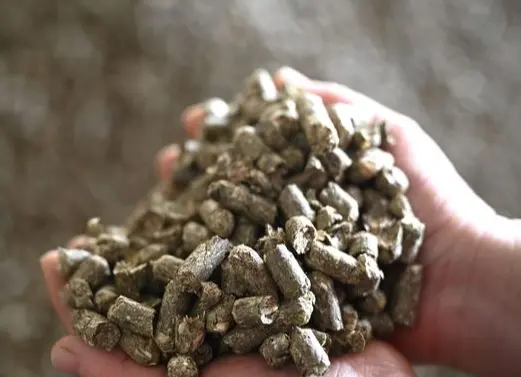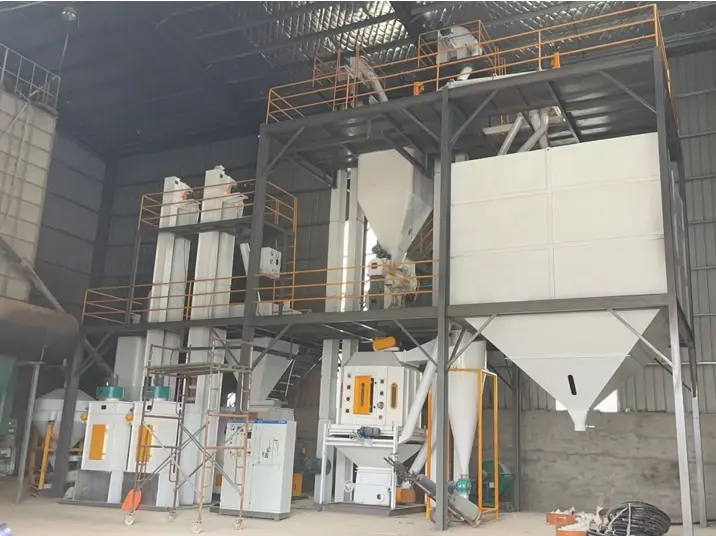
Bamboo-Pellets
Bamboo Pellet Mill.Bamboo, a rapidly growing fibrous plant abundant worldwide, holds diverse applications in construction, energy production, and more. Despite its versatility, bamboo residues often go to waste. However, the value of these residues can be significantly enhanced through pelletization, paving the way for broader utilization.


Introducing the bamboo pellet mill, an ingenious solution tailored to compress bamboo residues into efficient pellets. This specialized machine, also known as a bamboo pellet-making mill, operates on a flat die design, effectively transforming bamboo materials into pellet fuel. Its adaptability, simplicity in operation and maintenance, along with durable core units made of high alloy steel, ensure prolonged service life.
The beauty of this pelletizer lies in its flexibility and portability, enabling users to effortlessly produce pellets at their convenience. Particularly for those inclined towards domestic bamboo pellet production or considering a small-scale pellet plant, the flat die bamboo pelletizer emerges as the optimal choice.
The global market witnesses a rising popularity of bamboo pellet-making machines, a trend fostering the development of value-added bamboo pellet production. Take, for instance, the model XZLM 400, boasting a power of 30kw and a capacity ranging from 400 to 550 units. With a die mold diameter of 400mm and dimensions measuring 1450*620*1150mm, this mill exemplifies efficiency and reliability.
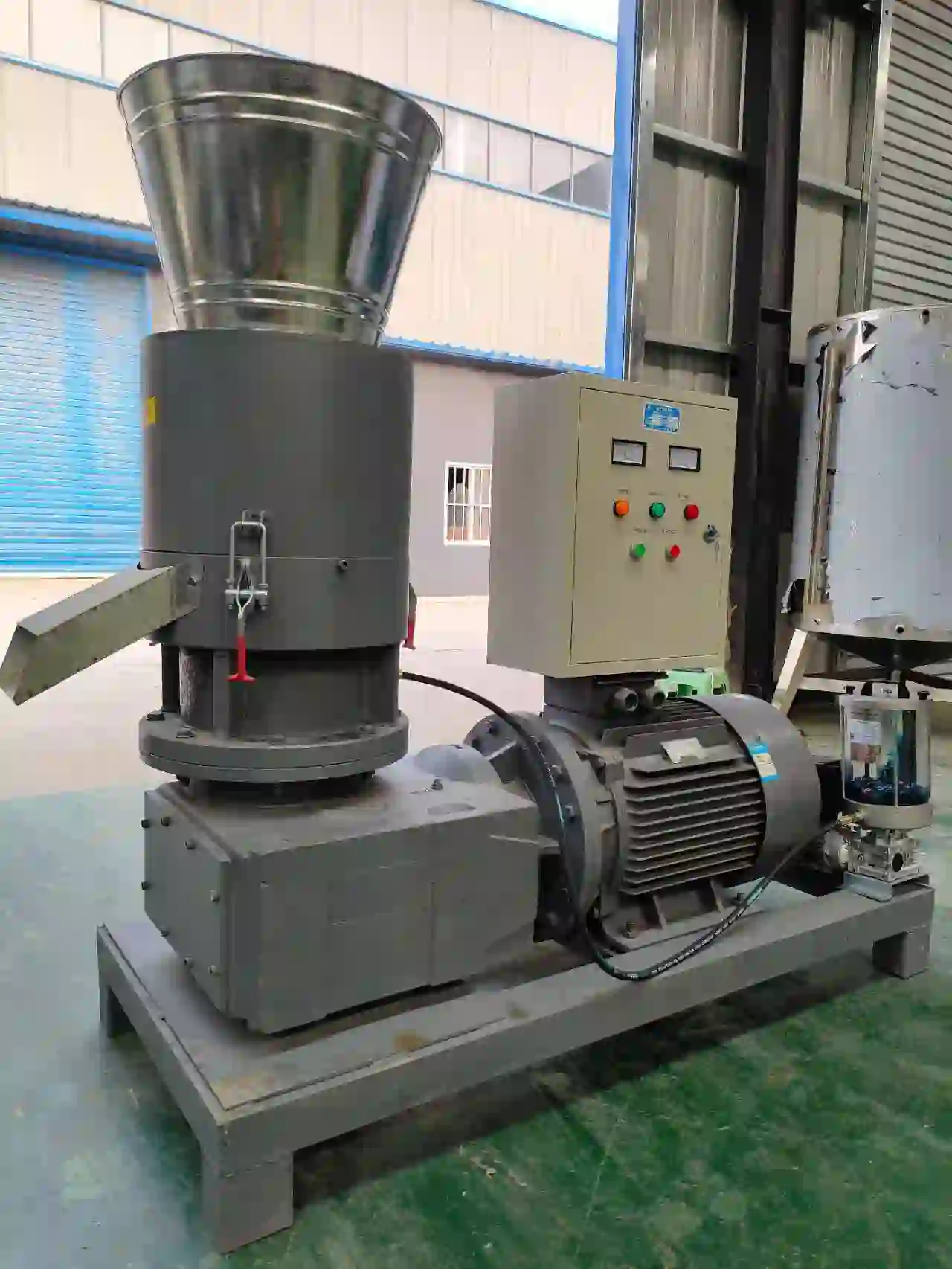
The factory has a variety of models to choose from:
| Model | Dimensions | Power | Capacity |
| Model 200 | 1200∗400∗1100 | 7.5kw | 80−100kg/h |
| Model 250 | 1300∗500∗1250 | 15kw | 100−200kg/h |
| Model 300 | 1600∗600∗1350 | 22kw | 200−300kg/h |
| Model 400 | 1700∗700∗1450 | 30kw | 400−500kg/h |
| Model 500 | 1810∗760∗1680 | 45kw | 600−700kg/h |
| Model 600 | 1880∗850∗1750 | 55kw | 750−850kg/h |
Bamboo, classified as a biomass material, holds immense potential as a future bio-energy resource. Its composition, featuring hemicelluloses, cellulose, and lignin akin to wood, renders it perfectly suited for pelletization. Compared to agricultural residues like grasses and straw, bamboo exhibits lower ash content, enhancing its viability as biomass fuel.
Additionally, bamboo’s rapid growth, ease of processing, and commendable mechanical properties, coupled with its low cost and diverse applications, make it an ideal candidate for compression into pellets for heating purposes.
Bamboo pellets, cylindrical in shape with diameters typically ranging from 6 to 12mm, present a slew of benefits. These pellets exhibit uniformity, smoothness, high flammability, and eco-friendliness. Moreover, their densification reduces material wastage and simplifies transportation and storage, meeting the stringent specifications set by Pellets Fuel Institute Standard and DIN 51731 for residential/commercial and commercial pellets, respectively.
A thorough pelletizing process involves several key steps: crushing, drying, pelleting, cooling, and packaging. The initial phase entails using a chipper to reduce thick, lengthy bamboo into small pieces, further crushing them into <3mm diameter powder via a hammer mill.
Regarding moisture content, a level around 13% suffices for pelletizing; however, higher moisture content necessitates drying under the sun or using a dryer machine. Subsequently, convey the dried bamboo powder to the flat die bamboo pelletizer, where compression into pellets occurs. Notably, the machine’s vital components boast alloy steel for robustness and malleability, with a stainless steel die.
|
Material
|
Moisture content
|
Calorific value
|
Fixed carbon content
|
|
Dry Bamboo
|
around 13%
|
16 MJ/kg
|
around 15%
|


Post-pelletizing, cooling down the pellets becomes imperative due to heightened temperature and moisture content, followed by the packaging process facilitated by a dedicated packing machine.
In summary, bamboo pellet mills offer a transformative solution to convert bamboo residues into a valuable resource. Their efficiency, adaptability, and eco-friendly nature position bamboo pellets as a sustainable alternative for heating, cooking, and industrial applications, effectively tapping into the immense potential of this abundant resource.

